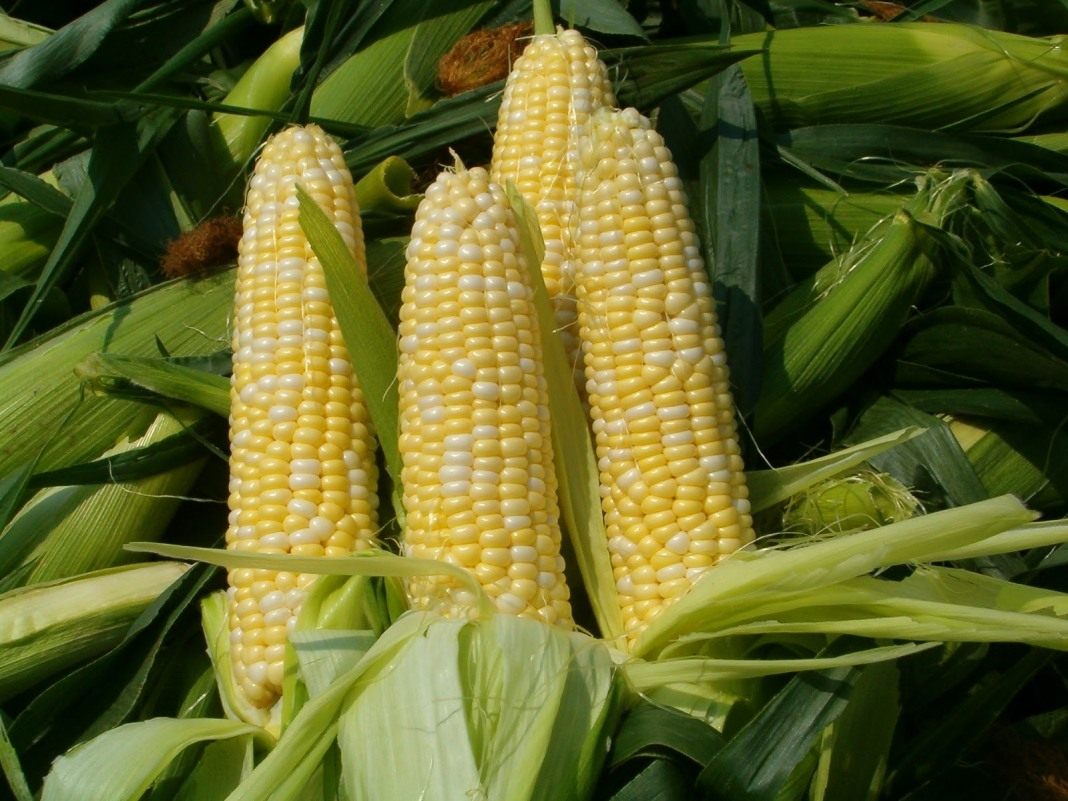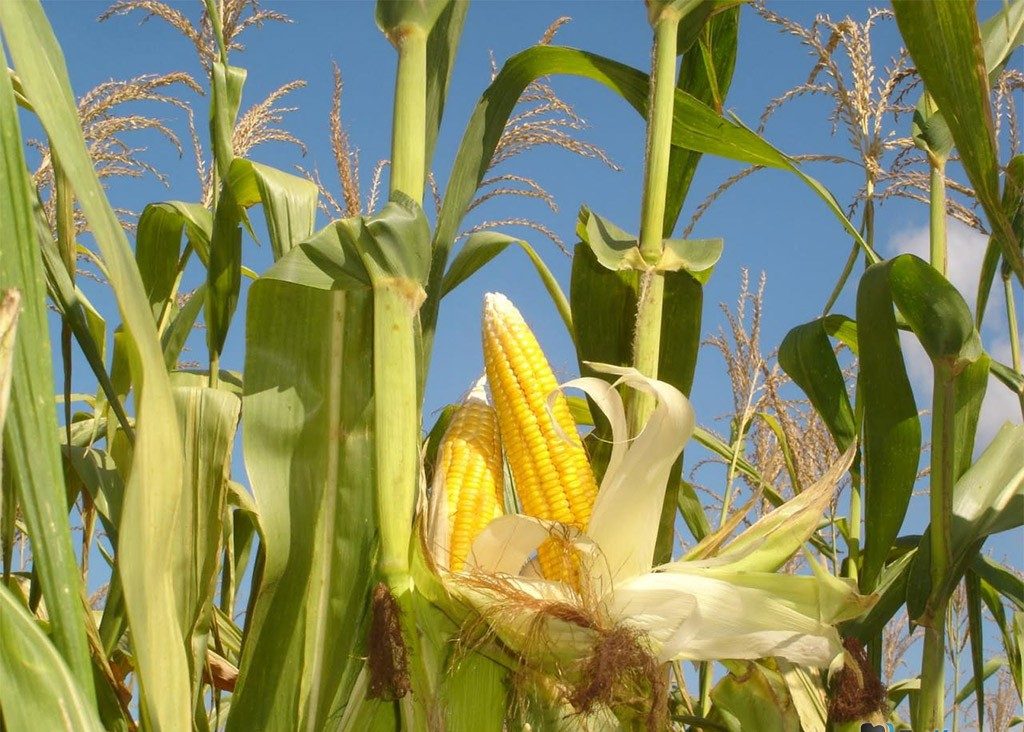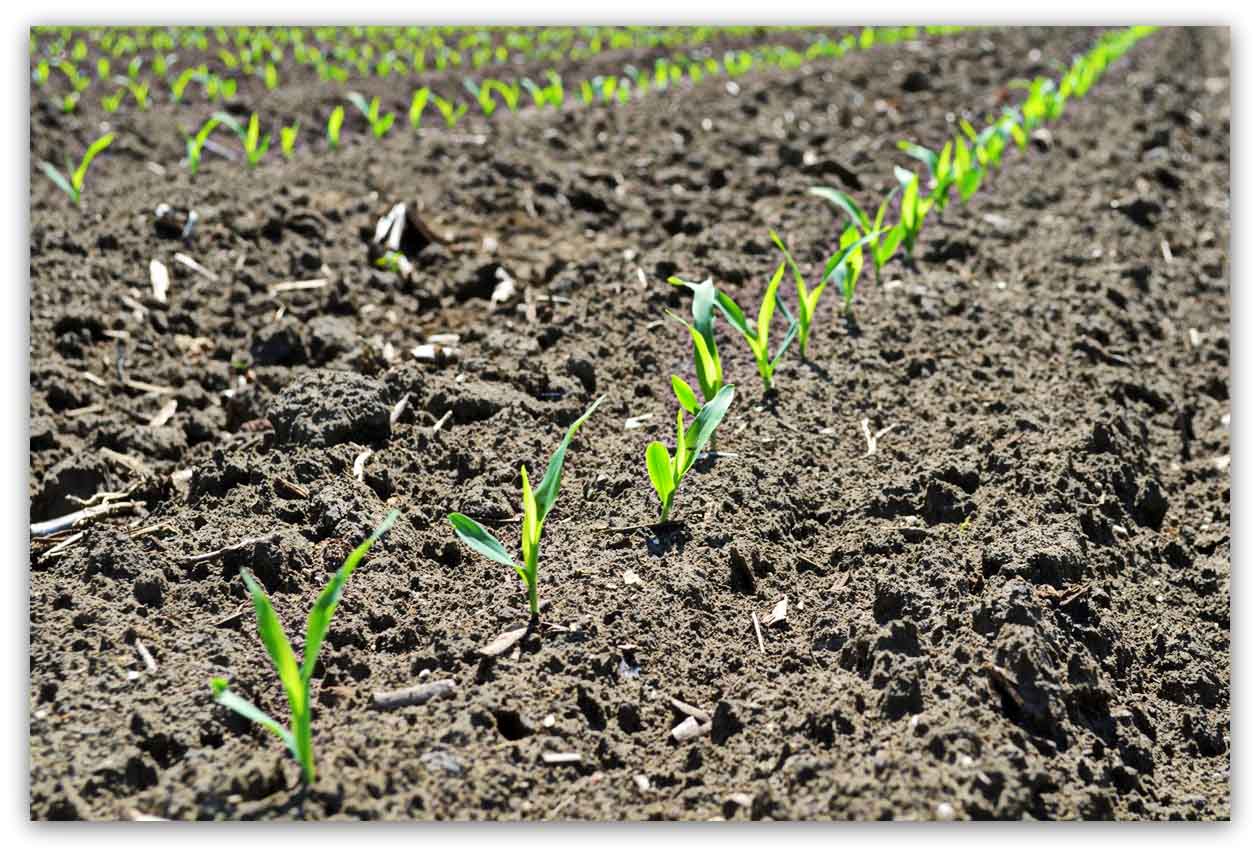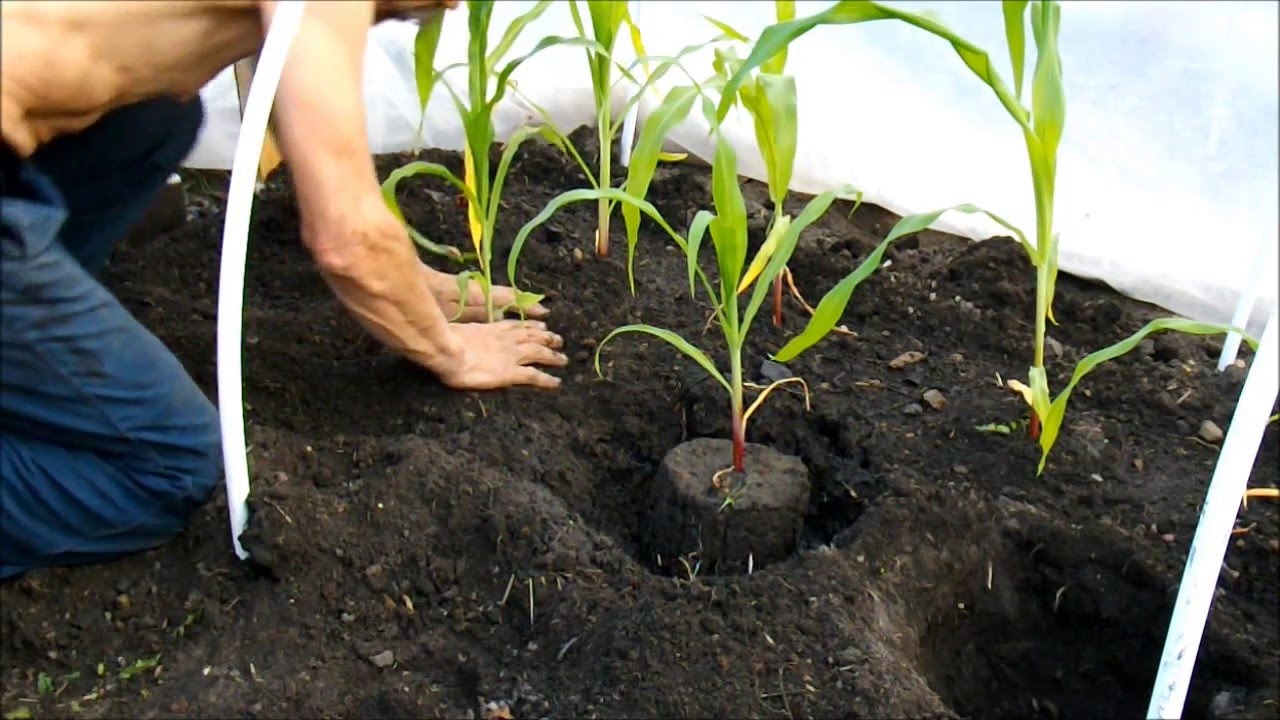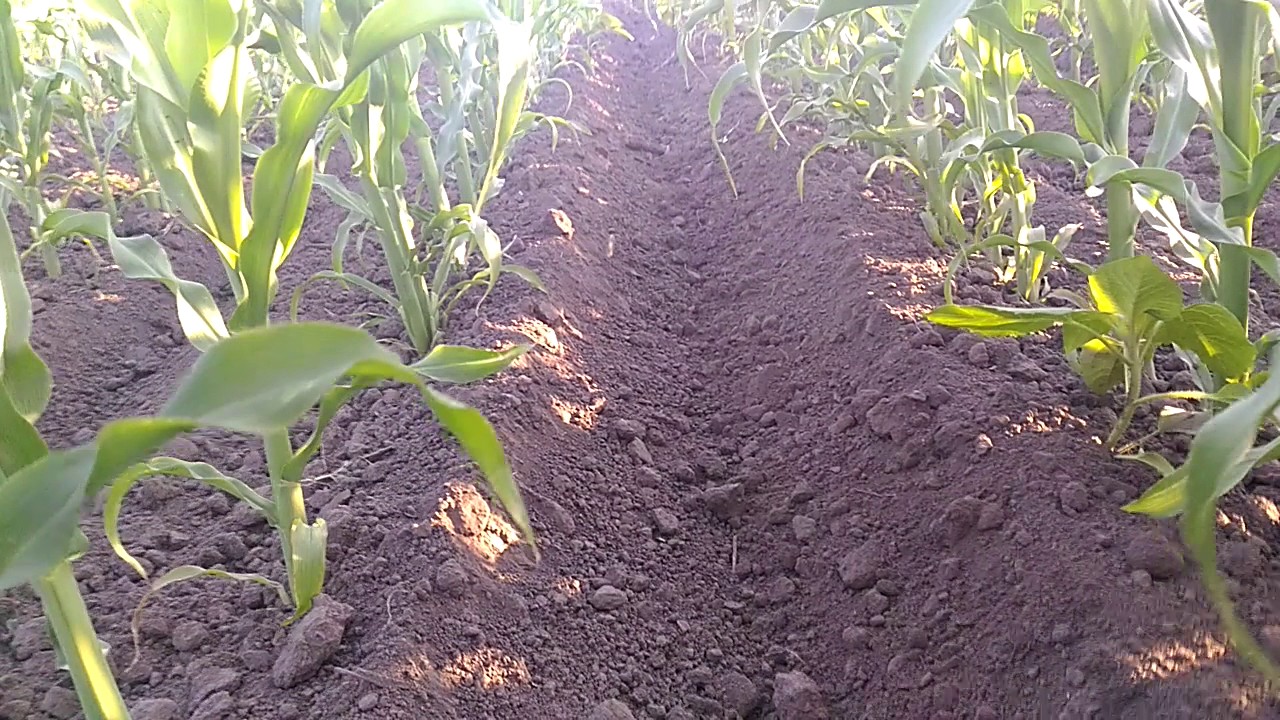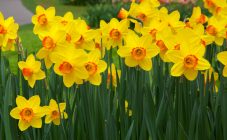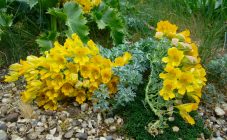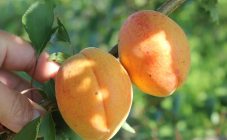Content:
It is generally accepted that corn is a purely southern plant. And not because she needs special warmth. It belongs to short-day plants. For cultivation for grain on an industrial scale, of course, only the south is suitable. But sweet, gourmet corn - planting and care in the open field in the middle lane is not difficult - it grows in temperate latitudes, delighting summer residents with tasty cobs.
Conditions for corn when growing in the open field of the Middle Lane
Having decided to grow a useful plant on the site, take into account its special requirements for growing conditions:
- Heat. This factor is provided for corn by choosing the right sowing timing.
- Good lighting, protection from cold through winds.
- Compliance with agrotechnical rules and recommendations, incl. selection of neighboring plants.
Varieties of corn for growing outdoors in the Middle Lane
For open ground, zoned early ripening varieties are selected that can quickly adapt to difficult climatic and weather conditions. Varieties and hybrids are successfully grown on private farmsteads:
- Sundance is an early maturing variety. In temperate latitudes, 2 large cobs ripen on each plant. Grains of milk ripeness are light yellow in color. Suitable for cooking or canning.
- Dobrynya - early ripening corn. Not picky about the composition of the soil, resistant to common crop diseases. Large sweet ears are versatile in use.
- Swift is an early dwarf variety with excellent taste and moody character.
- Triple sweetness - unpretentious, grains of exquisite delicate taste.
- Excellent is a domestic hybrid successfully acclimatized for temperate and cold regions. Moisture-loving, capricious, poorly resistant to disease.
- Voronezh 80-A is a domestic early ripe hybrid with a high sugar content. Grains with a light fruity flavor are excellent for canning.
Agrotechnics
Although agricultural technology is a complex of simple measures, in order to harvest a good harvest, they require careful implementation. In the difficult conditions of central Russia, violations often lead to the loss of up to 100% of the crop.
Selecting and preparing a landing site
In cool areas, it is customary to grow corn as a windbreak, simultaneously collecting medicinal raw materials. But this does not apply to sugar varieties. For them, a place is selected that is inaccessible to cold winds and drafts.
With rare exceptions, sweet corn varieties are undemanding to soil quality. Light fertile soils, slightly acidic, well-drained, are considered ideal. To plant corn in spring, the beds are prepared in autumn according to the following method:
- The soil is dug up to 30 cm, all plant residues are removed.
- Fertilizers are applied for digging. For each square meter, take 5 kg of humus, 200 g of double superphosphate, 100 g of potash fertilizers.
- In the spring, 2-3 weeks before planting the seeds, the soil is additionally enriched with nitrophobic (50 g / m2) and loosened.
- If the soil is too acidic, add dolomite flour or lime at the same time as nitrophos.
Preparing for landing
For a good harvest, it is important to correctly determine when to plant seed corn in open ground in the middle lane. It is optimal to sow at a stable daytime temperature of 10-12 ° for 3-5 days.
To accelerate the emergence of seedlings, the seed is pretreated. It starts 4-5 days before sowing. First, it is kept at an elevated (30-35 ° C) temperature, then soaked in warm water for several hours.
Another preparation option is to soak for 10 minutes. a solution of potassium permanganate (1%) and subsequent keeping in a damp cloth at 20-25 ° C.
The planting is carried out according to the scheme with a step of 40 ... 60 × 40 ... 60 cm. The planting depth is 6-7 cm. 2-3 seeds are sown into the hole. When the seedlings form 3-4 leaves, they are thinned out, leaving the strongest ones.
Care rules
Proper care is especially important for young plants, the list of basic activities includes:
- watering;
- top dressing;
- loosening the soil;
- weeding;
- hilling;
- pinching;
- pest and disease control.
Water the plantings every 6-10 days. To improve the quality of irrigation, check to what depth the soil has dried out. The critical depth is 5 cm. The amount of water depends on the characteristics of the soil. Watering is considered sufficient if the soil is 10-12 cm wet.
Top dressing is carried out according to the scheme:
- The first is at the 6-leaf stage. Contribute 1: 10 mullein or 1: 8 bird droppings.
- The second is during flowering or ear tying. Nitrophoska is used with the addition of Kemira fruitful or a complex of microelements. Consumption of nitrophoska 50 g / 1 sq. m, Kemir - 30 g / sq.m. Wood ash is added to mineral fertilizers at the rate of 1-2 glasses per square.
- The third is at the stage of maturation of the heads of cabbage. Nitrophosphate (40 g / m2) or potassium-phosphorus mixture (30 g / m2) is introduced.
The soil is loosened only until the adventitious roots appear. Get rid of weeds at the same time. After loosening, the corn rows are mulched.
Hilling for the season is carried out 2 times, the first - with the advent of adventitious roots on the lower part of the stem.
Stepsons appear as they grow. Leaving them is impractical, they will not have time to mature, but they will take away a significant proportion of nutrients. They are not broken out, but carefully cut with garden shears or pruning shears.
Common corn diseases:
Bacteriosis (smut) affecting ears, stems, leaves. Not amenable to treatment. As a preventive measure, "Trichodermin" is added to the irrigation water.
Helminthosporiosis (leaf waviness) leaves the ears sterile. The reason is potassium deficiency. For treatment, intensive root feeding with potash fertilizers is carried out - 40 g / 10 l, the consumption rate is 2 l per stem.
Typical plant pests are aphids, bugs, turtles, wireworms. The use of chemicals is dangerous, therefore they use folk remedies or bioinsecticides ("Aktofit", "Bitoxibacillin", etc.).
Corn grains are rich in vitamins and trace elements, stigmas have pronounced healing properties, so growing a slender southern beauty in the dachas of the middle lane is a matter of desire of summer residents themselves. Compliance with simple rules of agricultural technology is the key to a good harvest.
